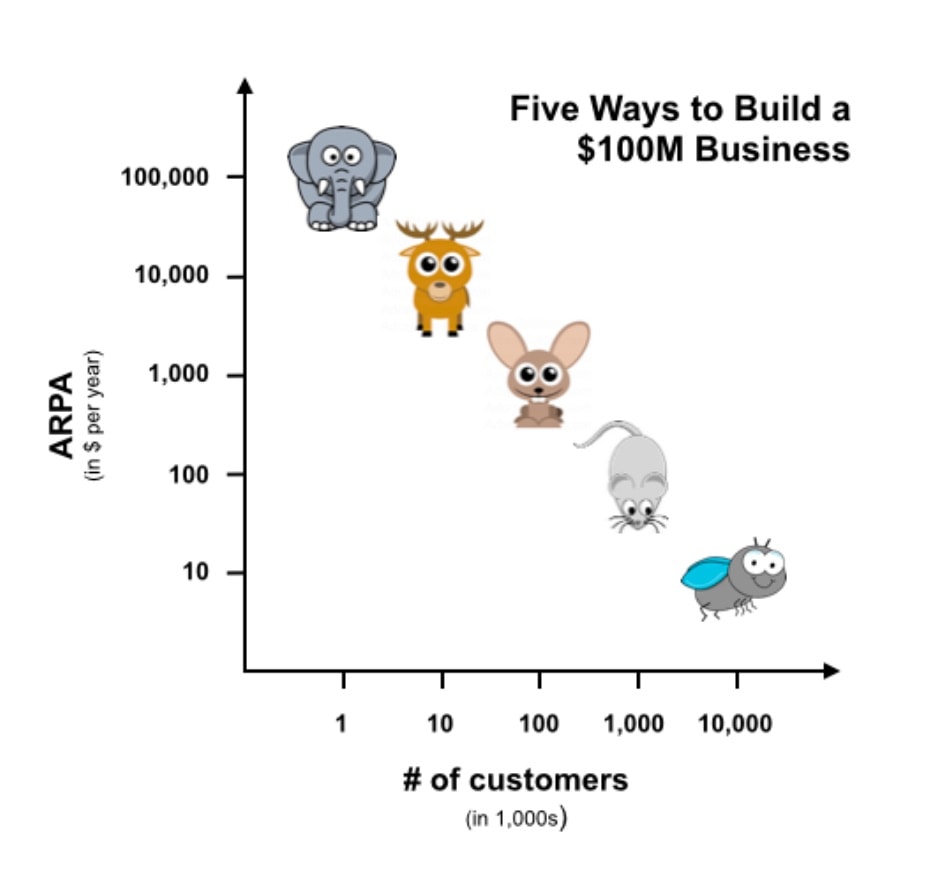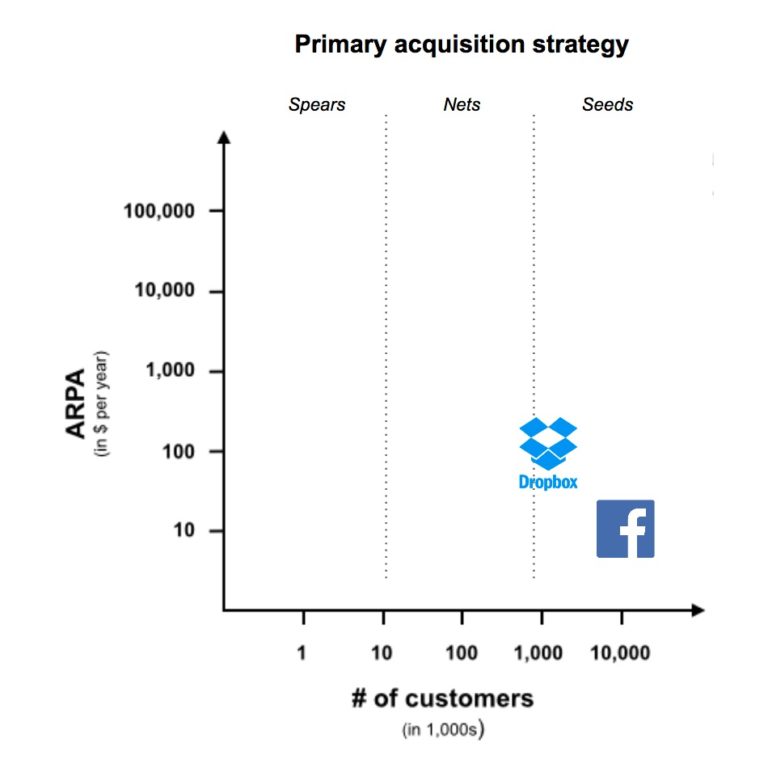A Simple Way To Build Your Go-To-Market Strategy

As a marketer trying to understand how to build a go-to-market strategy, it can get frustrating.
That’s because the web is full of tactics. It’s hard to find content about GTM strategies and plans. Instead we get articles about growth hacks or embellished case studies about how some KPI increased by 3000%
Sometimes it’s more useful to understand the underlying strategies that provide the scaffolding for those tactics.
Go-To-Market Strategies vs Tactics
The most important is to separate the tactics from the strategies.
The tactics are the ones you see on everywhere.
“How to increase search traffic by doing XYZ.”
“How company X doubled their Y by doing Z.”
“How to reduce onboarding drop-offs.”
They teach you how mastery in some specific skill led to some outcome.
Strategies, on the other hand, are rarely written about. Strategy rarely gets any airtime. They’re not as immediately satisfying as something like “the one weird trick that I used to double my email open rates.“
But they’re way more important. They make all those weird tricks actually mean something.
Strategies are the foundation; Tactics are things that you stack on top of strategy.
A simple way to build a go-to-market strategy
There are a zillion frameworks out there about how to build your GTM.
There isn’t one perfect framework or model that is going to help you develop your strategy. Which is why I advocate simplifying the hell out of the process. At the very least, it’s useful as a thought exercise.
So, a simple way to build your strategy:
Study the strategy of $100m companies who have a similar business model as you.
Why $100m?
First, because there is just no way you can build a business that big unless you’ve nailed the right approach to sustainably and scalably acquire customers.
Second, because $100m companies have usually IPO’d, or have employees and alumni who actively blog— and thus have tons of publicly available material that we can dissect and study.
We’re going to study what’s worked, then think about how it might apply to our own businesses.
Part 1: Identifying Your Business Model
This entire exercise starts by getting clear on what market and product you’re in:
What’s your Average Revenue Per User / Customer / Account?
This gives you some boundaries in terms of Customer Acquisition Cost and Lifetime Value, which puts useful constraints around your marketing strategy.
Let’s take it back to that $100m number.
To take your business to $100m in sales, which one of these is the likeliest path for you?
100 customers paying you $1m?
1,000 customers paying you $100,000?
10,000 customers paying you $10,000?
100,000 customers paying you $1,000?
1,000,000 customers paying you $100?
Here’s a chart from Christoph Janz to help you visualize:

So, think about your business model.
Are you going after elephants, deer, rabbits, mice or flies?
Part 2: Identifying The Right hunting Strategy
Christoph is a VC, so he made that chart to help him judge his potential investments.
But if we layer Aaron Ross’ “Spears, Nets, Seeds” acquisition framework on top of it, it suddenly becomes a lot more useful for marketing.
We can now look at the those animal business models …and line them up against appropriate acquisition methods:

What do each of these “hunting tools” mean?
Spears is an acquisition strategy that requires lots of direct human skill and involvement. Tactics include outbound sales, business development, exhibits at trade shows.
Nets is an acquisition strategy that lets you pull in a large number of potential targets at once. Some of those targets will be useless, but many will be exactly what you’re looking for. Think of tactics like blogging, content marketing and PR.
Seeds is an acquisition strategy the customer base can “grow on its own.” Your job is to maximize the amount and reach of the seeds you’re throwing out there. This means you’re leaning on tactics that promote word of mouth, virality, or any other customer-to-customer interactions.
To put it another way:
To catch the right animal, you need the right hunting tools.
Now, let’s make even more relatable.
Let’s switch out the animals. And we’ll put in companies that represent the respective business models …

And switch out the hunting analogy with some tactics we might recognize:

Thinking of it this way gives us go-to-market archetypes that we can look up to and model when trying to put together our own strategy.
Part 3: Studying go-to-market Strategies
You now have a starting template for your go-to-market plan.
And now that you have a $100m company you can model yourself after, all of those marketing tactics and case studies and blog posts you read start to make a lot more sense.
Because now you know what “animal” you’re hunting, you know which “hunting strategy” you should be looking at.
Are you going after the enterprise like Salesforce, Workday and Zenefits? Then the top priority for your go-to-market is making sure your outbound sales funnel becomes scalable as quickly as possible; which means you’ll need to hire talent as appropriate; start putting some thought around target industries.
Are you going after pro-sumers, like Dropbox? Or the mainstream like Facebook? Then you better have a solid “Seeds” strategy that exposes you to huge new audiences at scale. You’d be dumb to think that attending conferences would be the best way to do acquisition.
In the next section, we take a closer look at the customer acquisition strategies (and tactics) of these archetypal companies:
Spears: Salesforce and HubSpot

Salesforce is a great example of scaled acquisition with a “Spears” strategy. It’s hard to see it now, because at their size ($billions of ARR) they have to do it all: Spears, Nets AND Seeds.
But outbound sales was the key for Salesforce’s growth in the 2000s.
Marc Benioff had this to say about it in his book, Behind The Cloud:
“Nine times out of ten, companies fail because they don’t set up a large enough sales force … 25 to 50 percent of the employee base should be salespeople … Half our company is in sales.”
So that’s for Salesforce the elephant.
What about HubSpot the deer?
As a slightly smaller animal, HubSpot is a bit different. But not much. They rely a bit more on Nets — inbound and content — to drive the acquisition engine of awareness and leads. But Spears is still a major strategy, and they have a robust sales process, one that Mark Roberge details in his book The Sales Acceleration Formula.
Nets: Xero

In this range, you’re hunting rabbits. We’re getting into SMB territory now, which means lower ARPAs and LTVs — which means lower CAC thresholds.
That means having human sales teams driving your go-to-market isn’t going to make sense.
Companies that hunt rabbits use Nets, which means using one-to-many tactics that get people to self-qualify into your business. This typically means inbound, blogging, partnerships and performance marketing are your weapons of choice.
Xero relies heavily on partnerships, leveraging accountants and their respective client bases for growth. If you decide to copy Xero, your priority then becomes standing up your partner channel ASAP.
Most ecommerce business also fall in this area, where the Nets strategy looks like some mix of maxing out SEO and getting good at performance marketing: Adwords, Facebook ads, affiliate programs.
Seeds: Dropbox and Facebook

Finally, we come to hunting mice and flies.
You definitely wouldn’t use Spears to hunt these animals, and Nets could work, but they’d be very inefficient.
So this business model requires you to hunt with Seeds —and developing a go-to-market strategy where the customer base “grows” on its own, after you give it a little sunlight and water. These are customer-to-customer tactics like referral programs, affiliate programs, and virality mechanics.
It’s businesses at these scale (customer bases in the millions) that benefit the most from things like growth hacks and obsessive conversion optimization. These are the businesses where tiny gains from A/B tests produce meaningful results. They have the sexiest case studies, get quoted everywhere, and have the best conference talks. This is awesome if you’re working on a similar scale with a similar business model.
A brief warning: most of us aren’t working on businesses that will scale to millions of users. So marketers have to be very careful not to be seduced into thinking that what’s worked at Facebook or Slack or WhatsApp will work for your business.
Conclusion: Know Which animal you’re hunting, and use the right tools
Now that you know roughly which space you’re in, and which $100m business you’re modeling, you have the right lens by which to view all those zillions of articles about growth hacks or “how company X increased conversion by 9,000%.”
If you’re trying to build a big business, use the right go-to-market strategy to get there.
If you look like a Xero, cold emailing and high-touch sales is probably not going to get you where you want. If you’re a Salesforce, affiliate programs are probably not going to be your primary lever.
Again, the beauty of studying these $100m businesses is that their playbooks are usually well known, simply by virtue of being so large and visible.
By studying them, marketers can get a quick idea of what their go-to-market and customer acquisition strategy might look like.